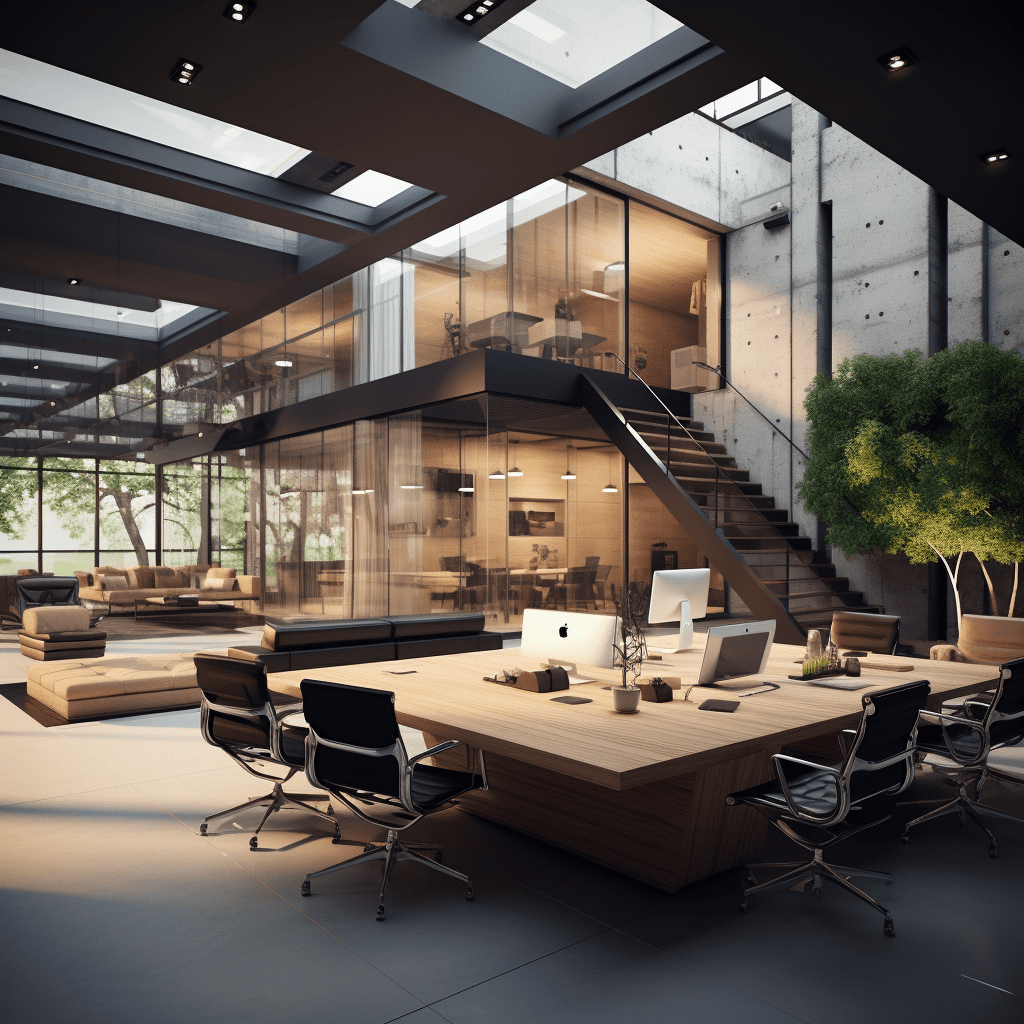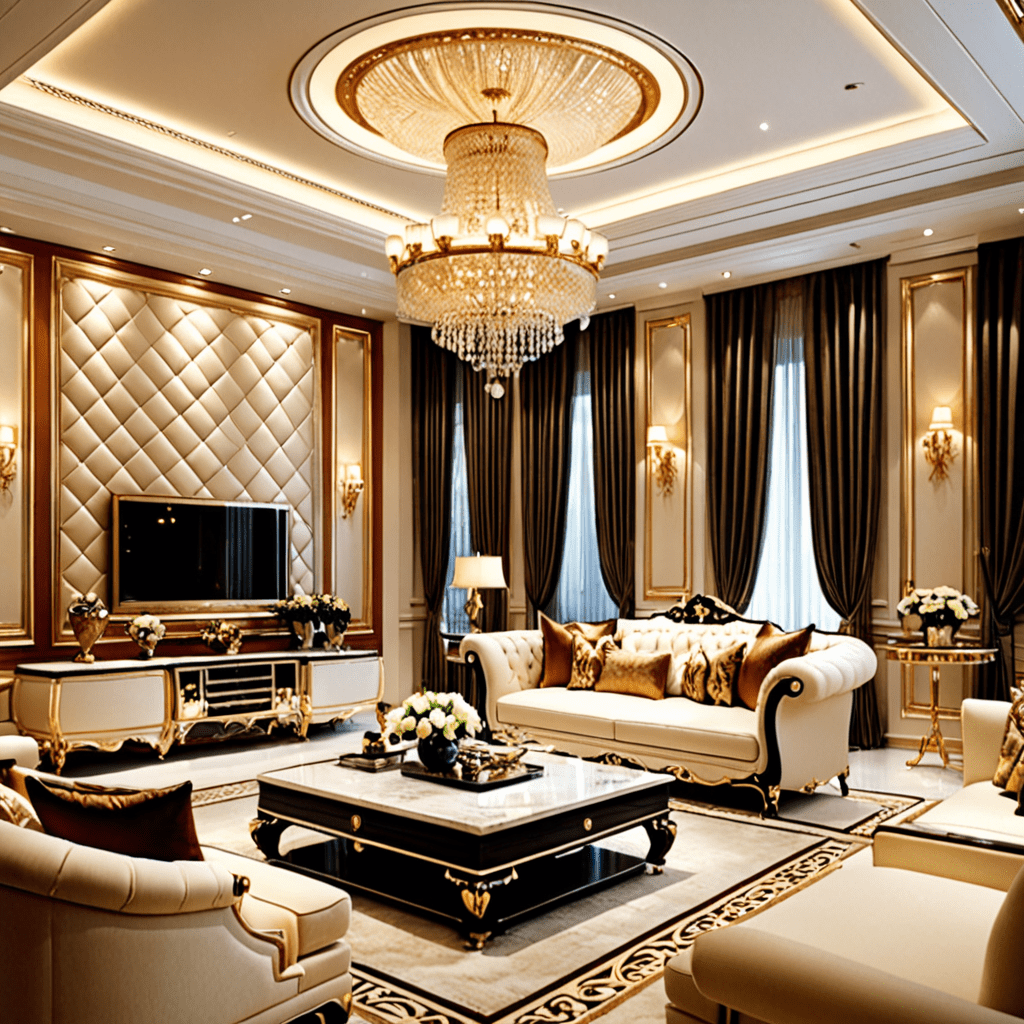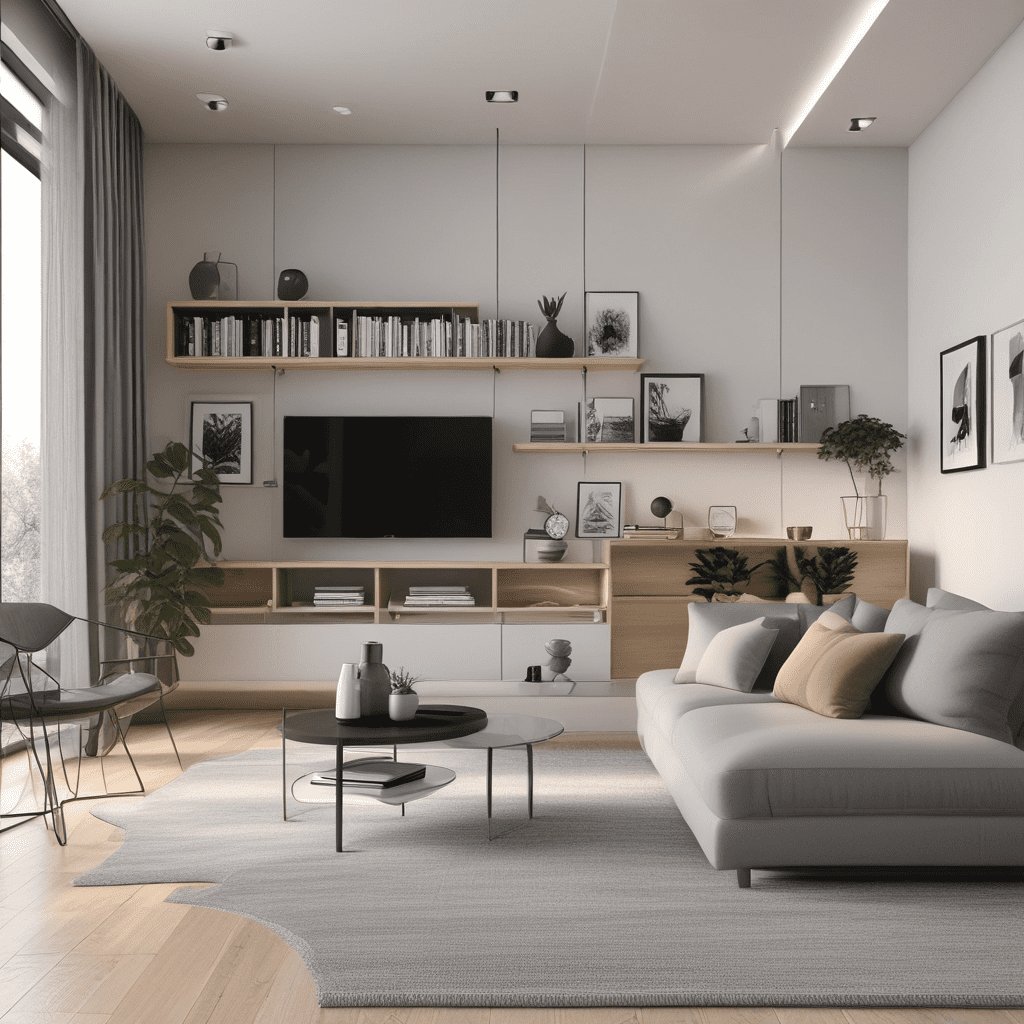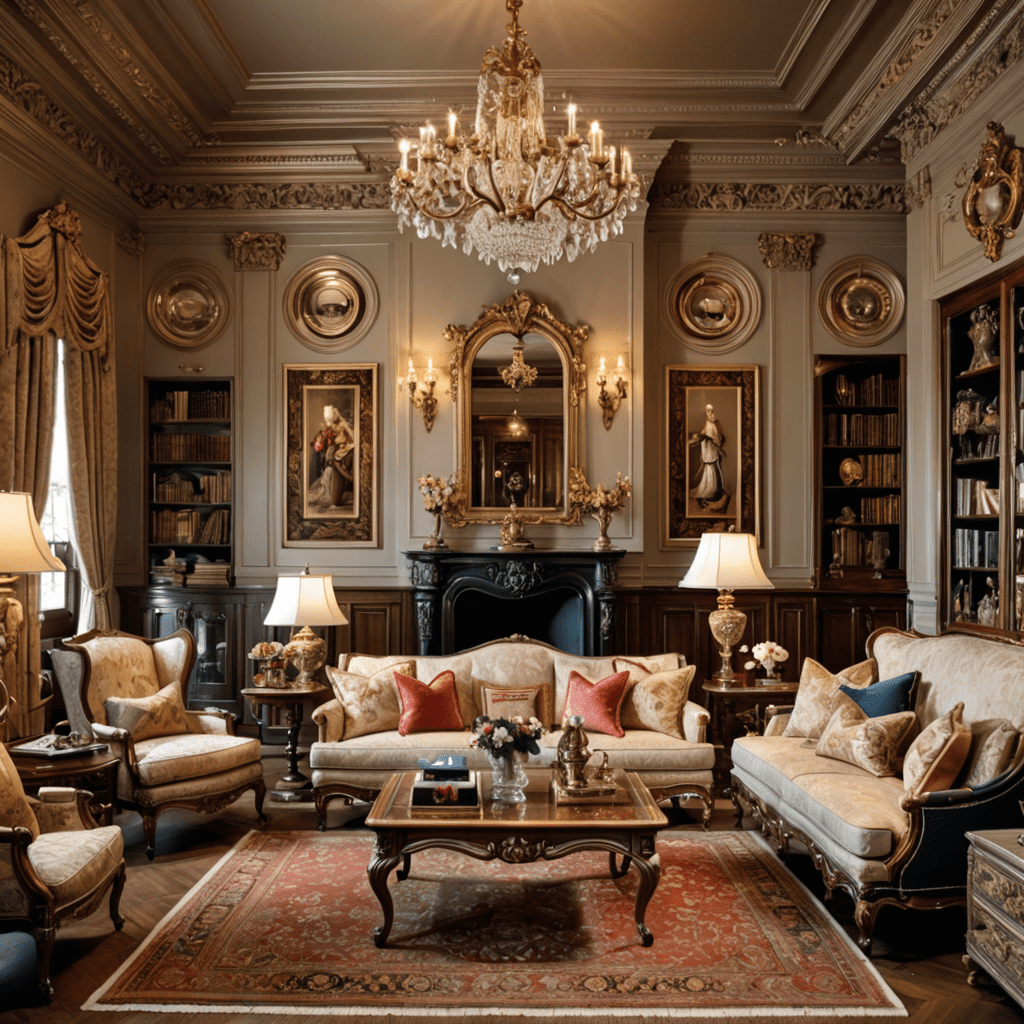Best Modern Office Interior Designs


Modern Office Interior Design: Enhancing Productivity and Creativity in the Workplace
In today’s fast-paced and innovative work environment, the design of office spaces plays a crucial role in boosting productivity, stimulating creativity, and promoting overall well-being among employees. Gone are the days of dull and uninspiring workspaces. Today, modern office interior design focuses on creating an aesthetically pleasing, functional, and inspiring environment that aligns with the company’s values and supports the needs of its workforce.
1. Incorporating Open and Collaborative Spaces
One of the defining features of modern office interior design is the inclusion of open and collaborative spaces. Traditional cubicles and closed-off offices are replaced with open floor plans that encourage communication and teamwork. These spaces often include comfortable seating areas, communal tables, and breakout zones, allowing employees to gather and exchange ideas in a relaxed setting.
2. Embracing Natural Light and Biophilic Design
Incorporating natural light into office spaces has numerous benefits, including increased energy levels, improved mood, and enhanced concentration. Hence, modern office design prioritizes large windows, skylights, and glass partitions to maximize natural light and create a connection with the outside environment. Additionally, biophilic design principles are implemented by integrating elements of nature, such as living walls, indoor plants, and natural materials, to create a calming and rejuvenating atmosphere.
3. Flexible and Agile Workstations
In the modern workplace, flexibility is key. Office interior design now emphasizes the incorporation of adjustable and modular furniture to accommodate different work styles and tasks. Agile workstations that can be easily reconfigured to meet evolving needs help foster adaptability and promote a sense of ownership and personalization among employees. Standing desks, movable partitions, and adaptable storage solutions are common features of modern office design.
4. Technology Integration and Smart Offices
Technology integration has become a fundamental aspect of modern office interior design. From wireless charging stations and smart lighting systems to integrated audio-visual solutions and remote work capabilities, modern offices are designed to enhance productivity and connectivity. Employing intelligent automation and IoT devices, these smart offices provide seamless connectivity and streamline work processes, contributing to improved efficiency and employee satisfaction.
5. Employee Wellness and Well-being
Modern office interior design places a strong emphasis on prioritizing employee wellness and well-being. Ergonomic furniture, adjustable lighting, and acoustically optimized spaces are implemented to create a comfortable and healthy work environment. Incorporating wellness rooms, meditation spaces, and recreational areas, such as game rooms and relaxation lounges, further promotes stress reduction and work-life balance, supporting the overall health and happiness of employees.
6. Branding and Identity
Lastly, modern office interior design aims to reflect the company’s brand and identity. Through the strategic use of color schemes, branding elements, and visual cues, the office becomes an extension of the company’s values, culture, and vision. Incorporating unique design elements, interesting artwork, and customized furniture can inspire creativity, boost employee morale, and create a positive impression on clients and visitors.
FAQ
Q: How can modern office interior design impact productivity and creativity?
A: Modern office interior design can impact productivity and creativity by creating a stimulating and inspiring work environment. Open and collaborative spaces encourage communication and teamwork, while natural light and biophilic design elements improve mood and concentration. Flexible workstations allow employees to personalize their workspace, and technology integration enhances connectivity and efficiency. Lastly, prioritizing employee wellness and well-being fosters a positive and motivated workforce.
Q: Are there any specific design principles for modern office interior design?
A: While there are no strict rules, some design principles commonly applied in modern office interior design include open floor plans, flexible workstations, incorporation of natural light and biophilic elements, technology integration, employee wellness considerations, and reflecting the company’s branding and identity.
Q: What are the advantages of incorporating smart technology in office design?
A: Smart technology integration offers numerous advantages in modern office design. It enhances productivity and connectivity through seamless automation and IoT devices. It also improves energy efficiency and cost savings through features such as smart lighting and HVAC systems. Additionally, smart technology enables remote work capabilities and provides data-driven insights for optimizing office space usage and employee well-being.
Q: How can office design promote employee wellness?
A: Office design can promote employee wellness by incorporating ergonomic furniture, adjustable lighting, and acoustically optimized spaces to create a comfortable work environment. Additionally, the inclusion of wellness rooms, meditation spaces, and recreational areas supports stress reduction and work-life balance. Access to natural light, indoor plants, and biophilic elements further contributes to employee well-being.
Q: Should every company adopt the same office interior design trends?
A: While modern office interior design trends offer valuable insights, each company should tailor their design to align with their unique culture, brand identity, and specific workforce needs. It’s important to create a workspace that reflects the company’s values and supports employee well-being and productivity. Seeking professional advice from an experienced interior designer is recommended to achieve the desired outcomes.
Q: How can companies update their existing office spaces to incorporate modern design elements?
A: Companies can update their existing office spaces to incorporate modern design elements by considering renovations or redesigning specific areas within the office. This may involve reconfiguring furniture layout, introducing collaborative spaces, upgrading lighting systems, integrating technology, and incorporating elements of biophilic design. Seeking the expertise of interior designers and workplace consultants can provide valuable guidance in the process.




